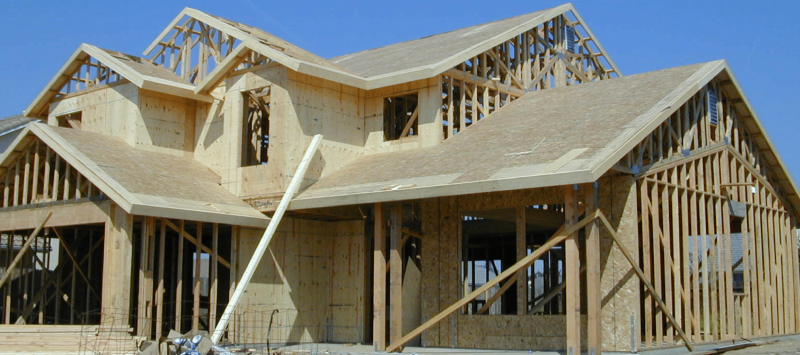Builders constructed fewer single-family homes last month, but permits are on the rise, a signal that more new homes are eventually coming.
Total housing starts, including for single-family and multifamily construction, dropped slightly by 0.9% in May compared to the month prior, the Commerce Department reported on Tuesday.
But builders were hopeful for a turnaround from last month’s uptick in permits, a gauge of future construction. Single-family housing permits rose 3.7% in May to a reading of 815,000, the first increase since November 2018, the Commerce Department reported.
“The rise in single-family permits echoes the stabilization we are seeing in our builder confidence survey,” says Greg Ugalde, chairman of the National Association of Home Builders. “While the increase in permits is a positive sign for the housing market, there are still affordability concerns throughout the country, especially in high-cost areas.”
Lower mortgage rates in recent weeks may help with affordability concerns, economists note. The 30-year fixed-rate mortgage has been hovering at a two-year low for the past two weeks, averaging 3.82%, and is much lower than its average a year ago (4.62%).
However, builders remain cautious about adding to their pipelines too quickly. Homebuilder sentiment surveys this week showed builders remain concerned over rising construction costs, labor and lot shortages, and trade concerns.
A turnaround with added construction may be coming for some regions. A look at permit data on future construction shows that single-family housing and multifamily construction is poised to increase in the South (with permits up 6.8% in May) and in the West (up 1.8%). The decline in new-home construction will likely continue in the Northeast, with permits down nearly 25%, and in the Midwest, with permits down by 8.4%.
Meanwhile, more apartments are adding to housing inventories. The volatile multifamily sector, which includes apartment buildings and condos, rose 10.9% in May to a 449,000 pace, the Commerce Department reported.
Overall, new-home construction continues to fall below projections of what is needed to meet long-term demand. Freddie Mac economists noted in December that from 1968 to 2008, there was only one year in which fewer new housing units were built than in 2017—“and this despite rising demand in a growing economy” in recent years. Freddie Mac predicts a shortfall of new home for sale could reach up to 4 million due to the underbuilding that has gone on for so many years.
Source: National Association of Home Builders and “Housing Starts Slip, But Permits Rise as All Signs Point to Stronger Growth Ahead,” MarketWatch (June 18, 2019)













